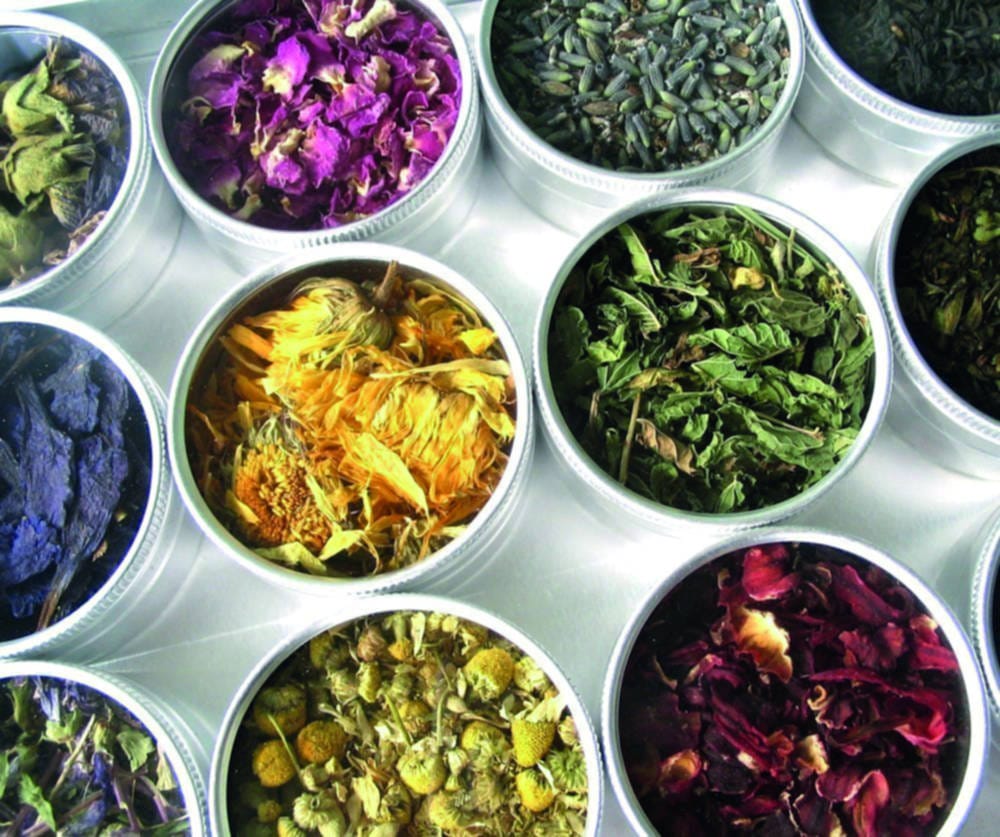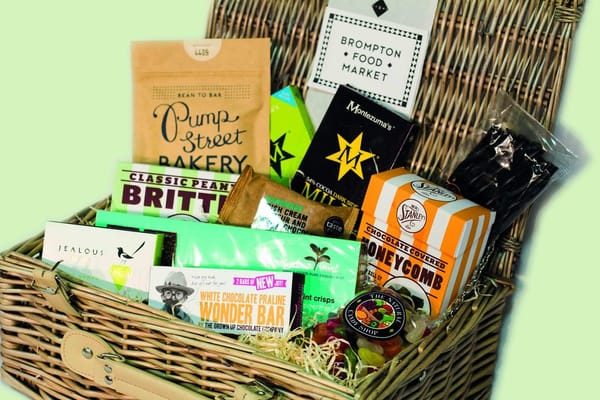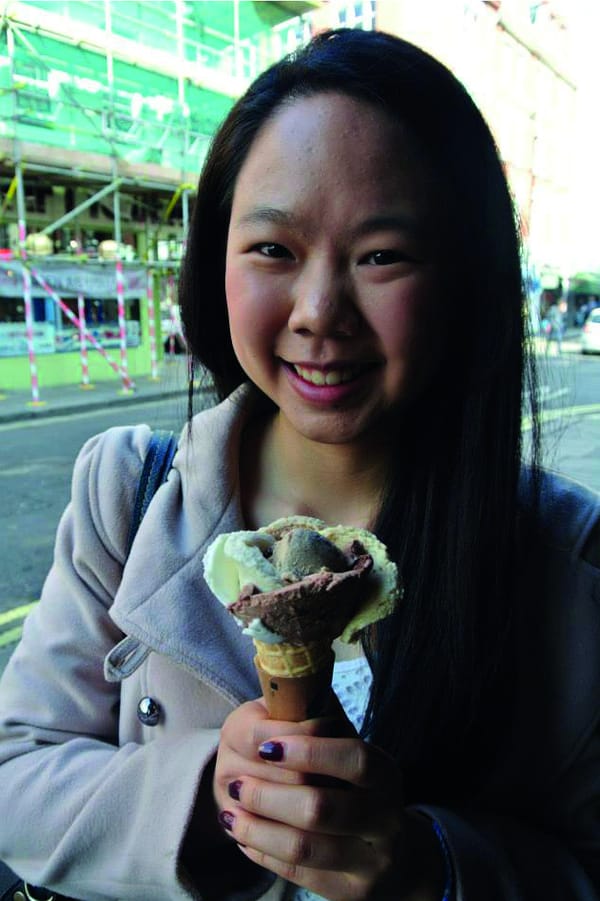Let’s just get oolong now, shall we?
Michelle Tan looks at some teas from further, er, afield

It’s no secret that Brits are known for being HUGE tea lovers. Songs are written about it, many jokes (sometimes with vicars) are made on the subject – it’s a national institution. But do you know about the many benefits of tea? Thankfully they’re not all hard-to-stomach bitter brews; there are so many different types out there that there is bound to be one that you’ll come to really enjoy the flavours of.
Everyone has heard of the traditional English Breakfast, Chamomile and Green Tea, but here are some of the less well-known teas. Give them a try the next time you are on the hunt for a new drink to keep you warm this winter!
Need to stay awake?
Translated from Mandarin, its name actually means “black dragon”. You would normally drink Oolong tea during a meal of Dim Sum, but don’t let that stop you from having it at home! It is one of the more caffeinated teas out there, helping you revitalize your memory especially if you are bogged down with work.
It also helps boost your metabolism – maybe an added bonus after snacking on some of those chocolate chip cookies in between revision sessions! Oolong tea can help aid digestion, helping to reduce the onset of acid reflux or indigestion.
Getting stressed and need something to help you relax?
Rooibos tea is a red tea from a South African Red Bush. Due to its lack of caffeine, it can be a good choice just before bed – especially with winter right round the corner. It contains a wide range of antioxidants in the form of polyphenols, which can help the body fight free radicals. It has also been found to relieve stomach ailments such as cramps and indigestion. Try this as an alternative to green tea if you prefer teas with a more robust flavour.
Blurred eyesight and persistent skin breakouts?
For that “take me to the spa RIGHT NOW” vibe, try some lemongrass tea – I can assure you that it works! The aroma of lemongrass just brings me back home to Thailand, where it is commonly used to scent rooms.
Plenty of spicy south-east Asian dishes (namely curries) also make use of lemongrass, so it’s everywhere! Lemongrass contains Vitamin A, which is beneficial for eyesight and the skin. It also contains citral, an antioxidant to protect your body against free radicals.
Down with the flu?
Second only to chamomile as our Food Editor’s herbal tea of choice! Peppermint tea can help relieve your sinuses and soothe the sore throats that we tend to get around this time of the year.
The menthol in the tea can help act as a muscle relaxant especially after an intense workout or sports training session. Also, you can have a cup if you need to de-stress after a busy day at uni. It’s traditionally seen as an energizing brew.
Want to start getting into the Christmas mood?
I know I do – I mean, it’s December already! Just brewing a cup of masala chai can make your house smell incredibly festive, what with all the spices. Originating from India, it is known for being good for health and increasing peace of mind.
Chai is actually the word for tea in many parts of the world; masala chai refers to the specific spiced drink, but we tend to refer to it as “chai” as “masala chai” seems to be a mouthful. (Every time you say “chai tea”, a tea-picker somewhere in the world weeps.) It’s based on a rich black tea infused with all sorts of herbs and spices – such as ginger to help improve circulation and fight bloating; cardamom to detoxify the body; cinnamon and clove with anti-inflammatory and antibacterial properties; and finally, black pepper to give the tea an extra kick of spiciness which is found to improve our metabolism.
Recipes have varied wildly since traditional times, so of course there’s nothing stopping you from experimenting with the spices you use, and how much of each you put in your brew. It is my favourite tea of all, especially with the usual addition of milk and sugar! Traditionally in India some form of heavy milk is used – try evaporated milk in yours.
A final note...
Of course, no herbal infusion is a miracle worker or a substitute for healthy eating habits! These ones we’ve listed however are only the tip of the iceberg in that huge wonderful world of teas out there, specialty or otherwise. It’s amazing how some of them have been used for centuries as traditional remedies, and that they aren’t necessarily just a luxury for the upper classes.
So the next time you’re out for tea with a friend or loved one, spice it up a bit – try something new, expand your palate’s horizons a bit!








